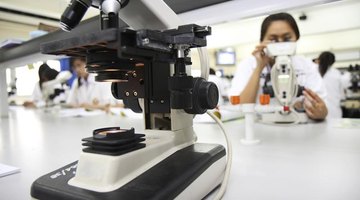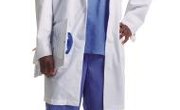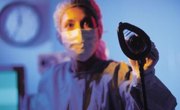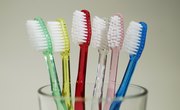Few colleges in the United States actually offer specific premed majors because medical schools do not require a specific undergraduate degree for admission. Medical schools accept students who have earned a bachelor's degree in all fields. While there aren't many premed undergraduate tracks, most colleges and universities advise students interested in attending medical school to focus on science and math concentrations to prepare for graduate school. California is no exception, and many of its schools place students in medical schools all over the country.
Pomona College
Located in Claremont, Pomona College has a pre-health program that is consistently ranked as one of the top in the state of California. The fifth-highest-rated liberal arts college in the country by "US News & World Report,"
Pomona allows its undergraduates to be major contributors to their professors' research. Students engage in laboratory work and scientific research and are encouraged to apply for grants to conduct their own research during the summer. This training provides undergraduates with the background they will need to be successful medical students.
University of California, Los Angeles
UCLA is the most applied-to university in the United States and ranks No. 23 on the "US News & World Report" list of top universities. The David Geffen School of Medicine is renowned for its inclusion and outreach program, which prepares underprivileged students for training and jobs in the medical and dental industries. Undergrads also have the opportunity to gain hands-on experience at the Ronald Reagan Medical Center, which is consistently voted one of the top medical centers in the country.
University of California, Berkeley
Like most colleges and universities, the University of California-Berkeley does not offer a specific premed major. The school does offer a variety of science and health majors to help prepare students for medical school or other health-related graduate schools.
Berkeley students who successfully complete an undergraduate track in a variety of majors ranging from social sciences to chemistry are accepted to medical schools each year.
Stanford University
Like Berkeley, Stanford University does not offer a specific premedical program. Nearly 20 percent of medical school courses are available to undergraduates, exposing prospective medical students to the type of workload they will face following completion of their undergraduate track.
Students applying to medical programs following graduation can major in any discipline. Tied for No. 4 on the "US News & World Report" list of top universities, Stanford sees a large number of its students accepted to medical programs each year.
Related Articles
References











